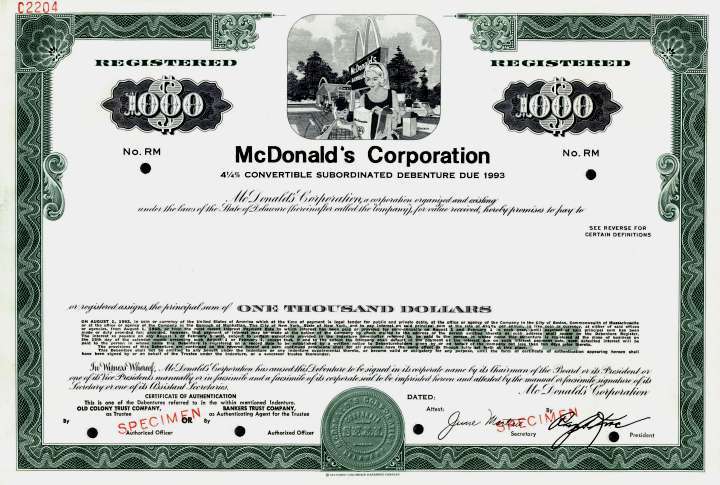Probability of default
 The 5-year treasury has a 2% yield. XYZ's bond currently has a 3.5% yield
The 5-year treasury has a 2% yield. XYZ's bond currently has a 3.5% yield
Due to deteriorating market conditions, ABC's bond rating dropped from A+ to BBB. The yield on the bond has also increased to 5.5%. What is the implied increase in the probability of XYZ defaulting on the bond?
This section requires Javascript.
You are seeing this because something didn't load right. We suggest you, (a) try
refreshing the page, (b) enabling javascript if it is disabled on your browser and,
finally, (c)
loading the
non-javascript version of this page
. We're sorry about the hassle.
We can model the probability of default based on the expected payoff. The expected value of the risky bond investment, should be equal to the value of the risk-free treasury bond.
Thus, in the initial case, where the bond is paying 3.5%, let the company have a default probability of p . We then have
p × 0 + ( 1 − p ) × ( 1 . 0 3 5 ) = 1 . 0 2
Solving this gives us p = 0 . 0 1 4 5 .
Subsequently, when the interest rate increased to 5.5%, let the company have a default probability of q . We then have
q × 0 + ( 1 − q ) × ( 1 . 0 5 5 ) = 1 . 0 2
Solving this gives us q = 0 . 0 3 3 2 .
Hence, the implied increase in probability is 3 . 3 2 % − 1 . 4 5 % = 1 . 8 7 %